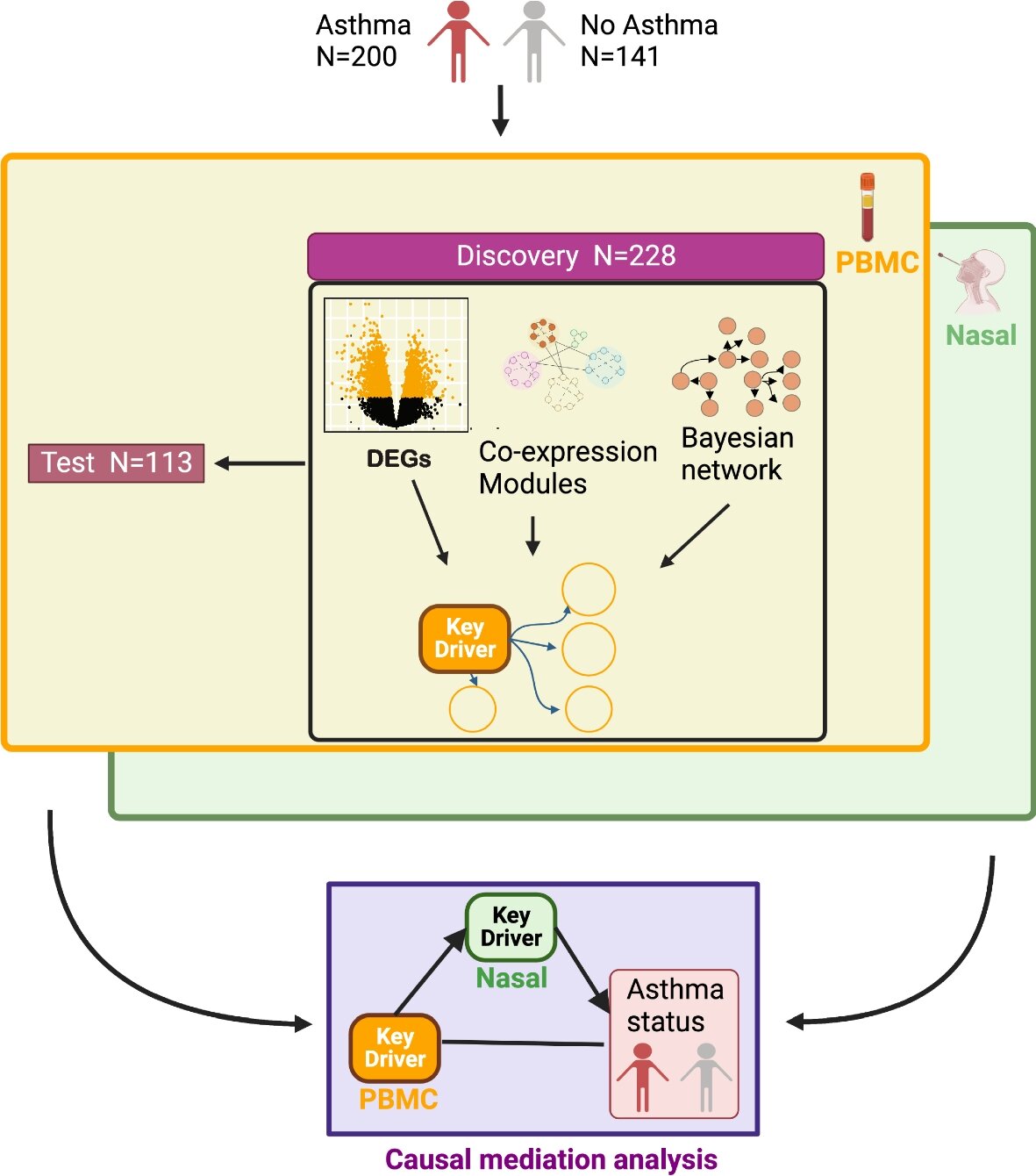“Assessing the Healthiness of Cereal: Beware of Added Sugars in These Brands”

Cereal has long been a breakfast staple for many households, touted for its convenience and variety. However, the nutritional profile of different cereal brands can vary significantly, and the presence of added sugars poses a potential risk to consumers’ health.
In recent years, there has been growing concern about the health implications of excessive sugar consumption, with numerous studies linking it to various health issues, including obesity, diabetes, and heart disease. While some cereals may appear wholesome and nutritious at first glance, closer inspection often reveals high levels of added sugars lurking within.
The World Health Organization (WHO) recommends limiting daily added sugar intake to less than 10% of total energy intake, with further reductions providing additional health benefits. However, many popular cereal brands far exceed this recommendation, containing alarming amounts of added sugars that can contribute to excess calorie intake and undermine efforts to maintain a balanced diet.
One of the primary culprits behind excessive sugar content in cereals is the marketing strategy employed by manufacturers to enhance flavor and appeal to consumers, particularly children. Brightly colored packaging adorned with cartoon characters and enticing promises of sweetness can mask the detrimental effects of high sugar content, leading unsuspecting consumers to believe they are making a healthy choice.
To navigate the complex landscape of cereal options and make informed decisions about their nutritional value, consumers must scrutinize product labels carefully. Ingredients lists and nutrition facts panels provide valuable insights into the composition of cereals, enabling consumers to identify hidden sugars and assess their impact on overall health.
When evaluating cereal options, it is essential to prioritize products with minimal added sugars and opt for those that derive sweetness from natural sources, such as fruits or whole grains. Whole-grain cereals offer additional health benefits, including fiber and essential nutrients, making them a preferable choice for promoting satiety and supporting overall well-being.
Furthermore, consumers should be wary of deceptive marketing tactics that may misrepresent the nutritional quality of certain cereal brands. Claims of “whole grain,” “low-fat,” or “high-fiber” can create a false sense of healthfulness, diverting attention away from the potentially harmful effects of added sugars.
In light of these considerations, conscientious consumers must exercise vigilance when selecting cereal options for themselves and their families. By prioritizing transparency, scrutinizing product labels, and advocating for greater accountability within the food industry, individuals can empower themselves to make healthier choices and mitigate the risks associated with excessive sugar consumption.
In conclusion, while cereal can be a convenient and satisfying breakfast choice, consumers must be vigilant about the presence of added sugars in select brands. By understanding the potential health risks associated with excessive sugar intake and adopting a discerning approach to cereal selection, individuals can safeguard their well-being and promote a balanced diet conducive to long-term health.





